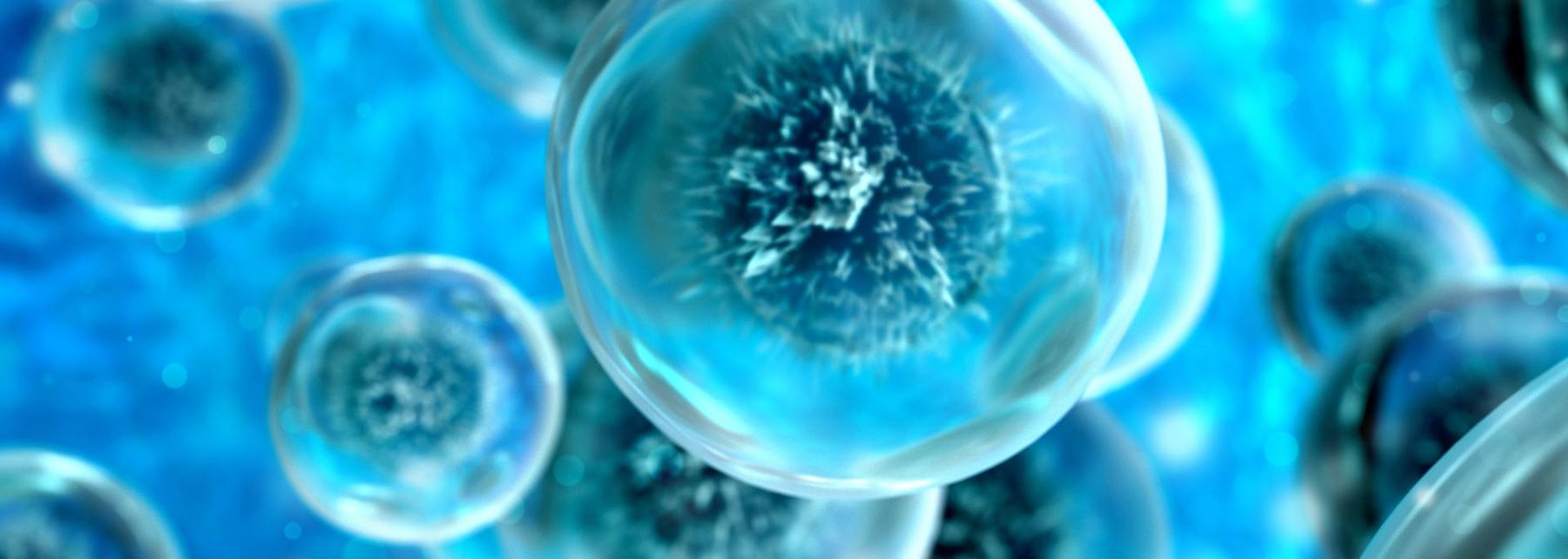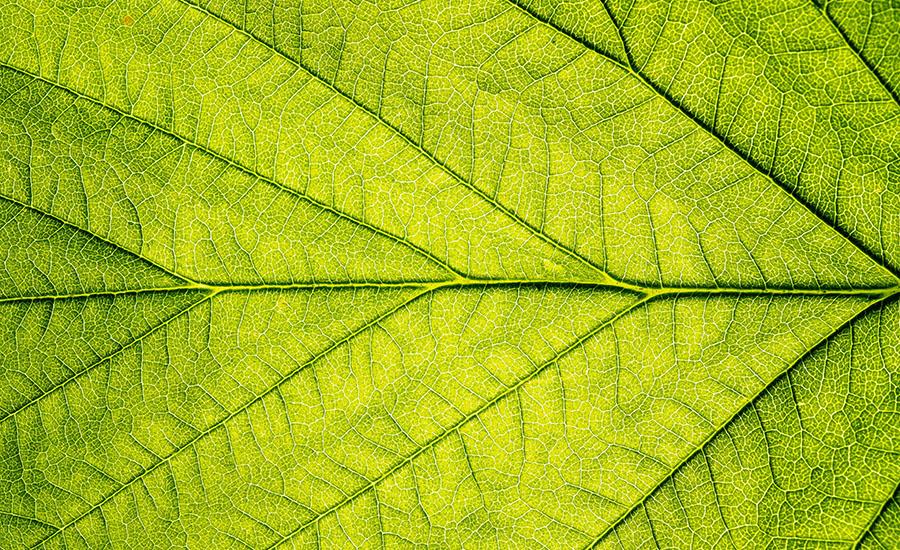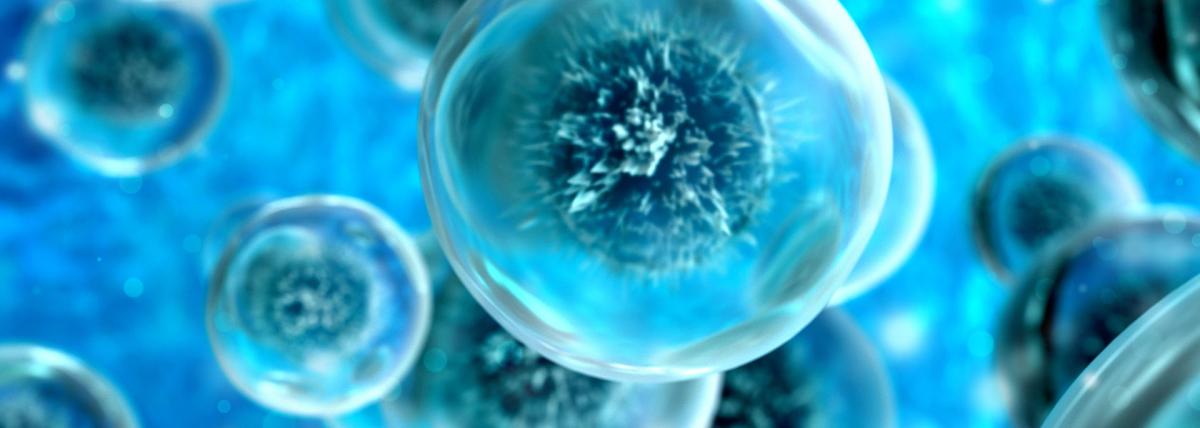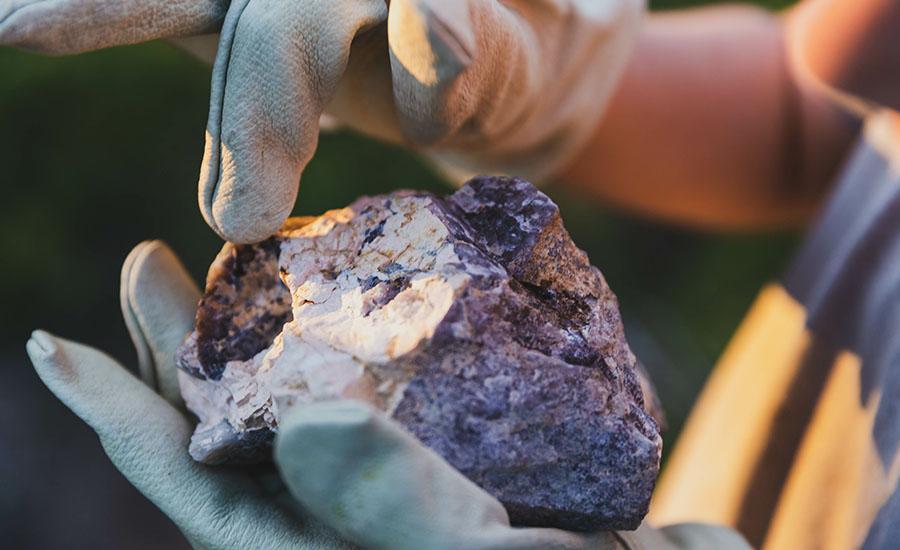
Homeostasis in Cells
by Mitzi Noreen Cantillep
In this lesson plan, students make use of their knowledge about homoestasis, osmosis, and types of solutions to design their own science investigation that will enable them to prove and answer: Why it is dangerous to drink dead sea water. Students have to prove their hypothesis to this phenomenon. The materials for this activity are naked egg (as a model of the cell), distilled water, Dead Sea water (31.5% salt concentration), digital scale, and timer (phone timer).
Lesson Plan Link/URL
https://docs.google.com/presentation/d/19hzTskHNYi5RrmJLLGSYqAQEPbE5n7y6/edit?u…Related Content

Featured
Salt Lamps and Plants
Grades:
7th Grade, 8th Grade
Students in this lesson will set up an investigation to see if a salt lamp affects plant growth. They will use what they know about photosynthesis and cellular respiration to make sure the plants have

Grades:
8th Grade, 9th Grade, 10th Grade
In this lesson, students will be introduced to the concept of osmosis, then investigate how solutions of various salt concentrations influence the size of plant cells.

Grades:
4th Grade
In this hands-on lesson, students will construct a model of a volcano and produce lava flows. They will also observe, draw, record, and interpret the history and stratification of an unknown volcano